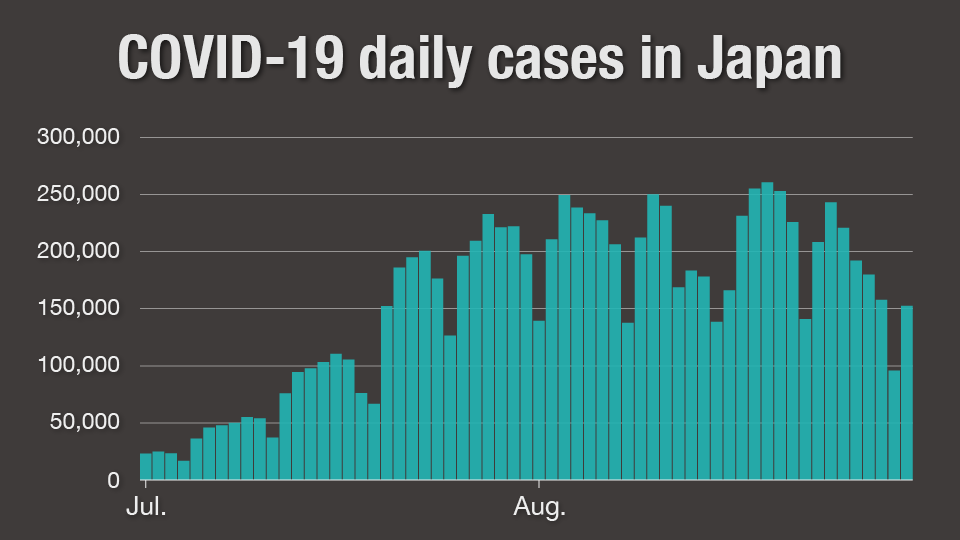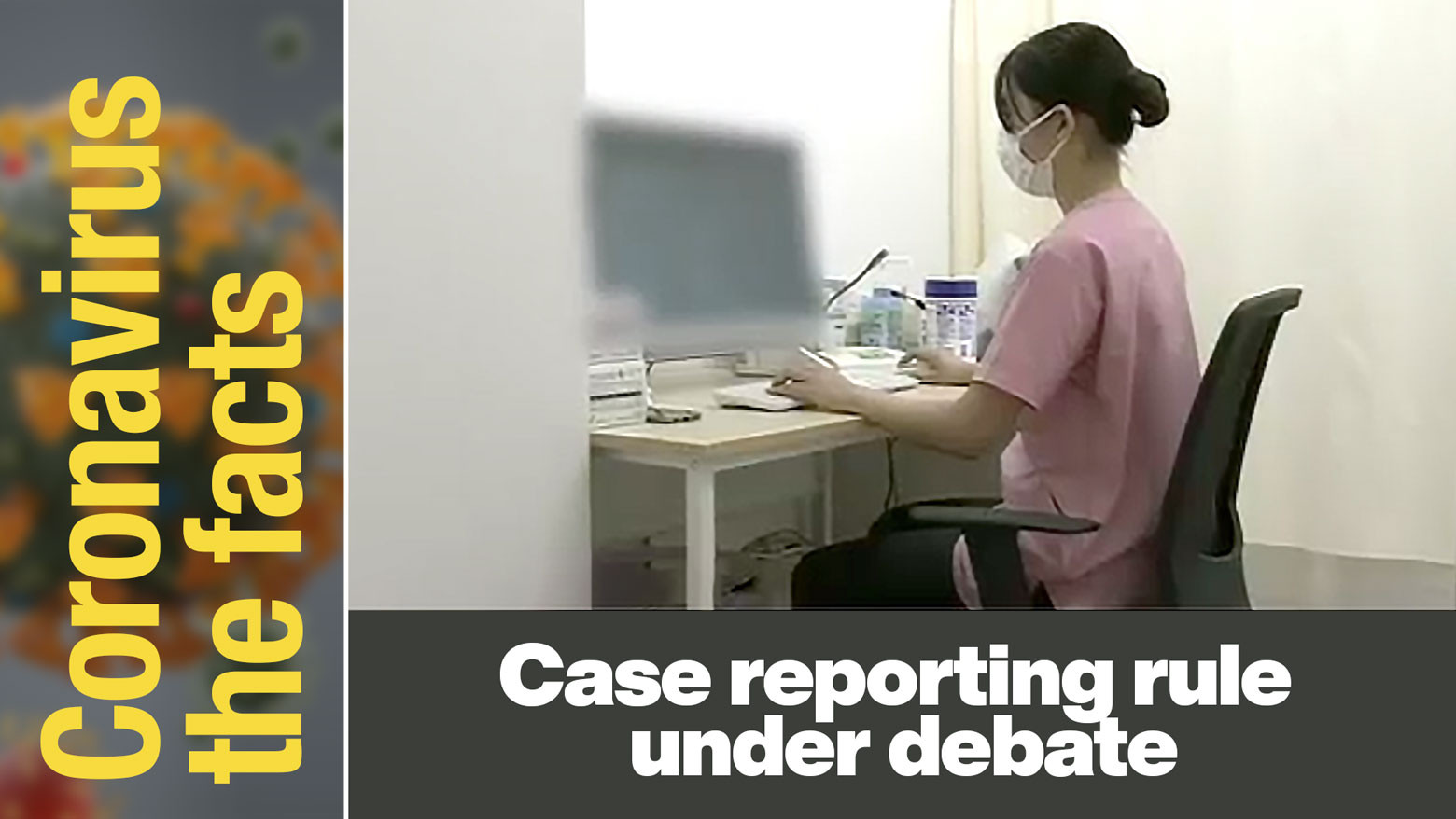This article is part of a series on important coronavirus-related information. Click here to read other installments: #Coronavirus the facts. Find the latest information on everything COVID-19.
Narrower criteria for vulnerable people
With case counts still high, the Japanese government plans to revise the system for reporting daily totals. But local authorities are exercising caution. The move is aimed at easing the administrative burden on medical workers, who must currently enter detailed information on all cases into a centralized state-run database. The work is said to take a considerable amount of time.


On August 24, Prime Minister Kishida Fumio announced the central government would let local governments decide whether to limit the types of people they register in the system to the following categories:
- People aged 65 and older
- People who need hospitalization
- People at risk of developing serious symptoms and who need medication or oxygen
- Pregnant women
But local authorities are raising concerns. They say the changes could mean the medical system fails to monitor the condition of patients who fall outside the new categories. The conditions of these people could deteriorate as they try to recuperate at home, leading to unreported deaths. Currently, public health centers monitor patients based on the information in the database. Under the revised system, they will not able to follow up on their conditions.
(*Note: The central government will continue to count the number of people who tested positive and record their ages)
Only 4 prefectures apply
The central government asked prefectures to apply for the change by the evening of August 29. But out of 47, only four --Miyagi, Ibaraki, Tottori, and Saga—did so. Officials in those prefectures say they want to alleviate the strain on clinics and focus treatment on patients at a higher risk of getting seriously ill.
An NHK survey has found that 33 prefectures are considering applying for the change. Officials say they want to decide what to do after the central government uniformly implements the plan across the nation. Some also say they have not set up health support systems to deal with patients who fall outside the new categories.
Ten prefectures, including Tokyo, Saitama, Chiba and Kanagawa, say they will maintain the current system for the time being.
Tokyo cites importance of knowing about all patients

The day after the announcement, an expert on a panel tasked with assessing the infection situation in Tokyo warned the revision could make it impossible to conduct detailed epidemiological analysis and obtain important data that would be helpful for policymaking.
Governor Koike Yuriko said doctor reports provide important information, such as updates on a patient's condition and necessary treatment course, as well as the overall infection trend.
Koike later said it was the responsibility of local governments to care for every resident. "Observing every single life is an important duty for us," she said. "The central government needs to make progress without creating confusion by listening to local people on the site."
She also pointed out a challenge. She said since individual medical charts and the state-run database have not been linked, this has led to medical workers unknowingly making duplicates—and creating more work for themselves.
Saitama: Don't leave decision to local governments
The request to revise the system was initially proposed in early August by the National Governors' Association and the Japan Medical Association. Local authorities were expecting any changes to be implemented nationwide, but the reality was different. After Prime Minister Kishida made the announcement, Saitama Governor Ono Motohiro said it would be inappropriate to rely on local governments to decide what to do.
Eventual shift to uniform rule
On August 27, a few days after his initial announcement, Prime Minister Kishida announced the planned case counting rule would eventually be implemented as a uniform measure across the nation after preparing health support systems to care for patients outside the revised categories.
The change will take effect on September 2. The central government will decide on the timing of the nationwide revisions based on what governors say.
This information is accurate as of August 31, 2022.
